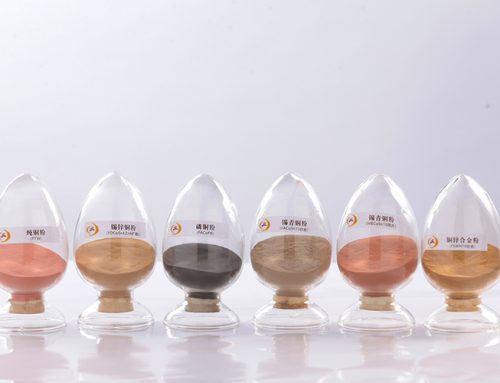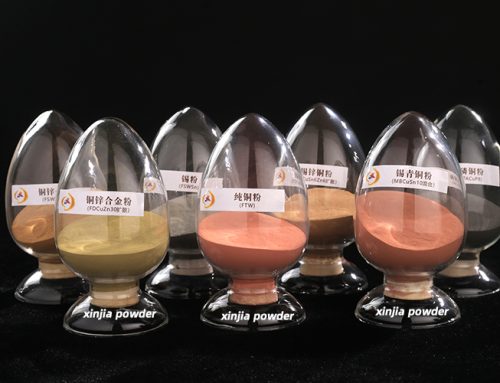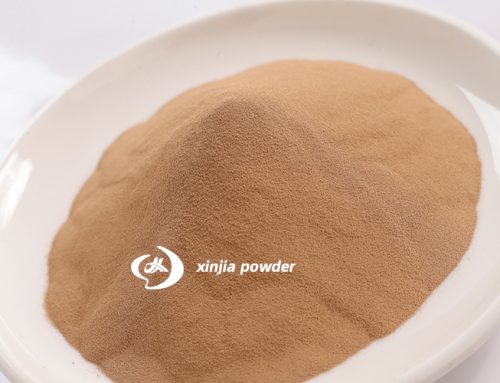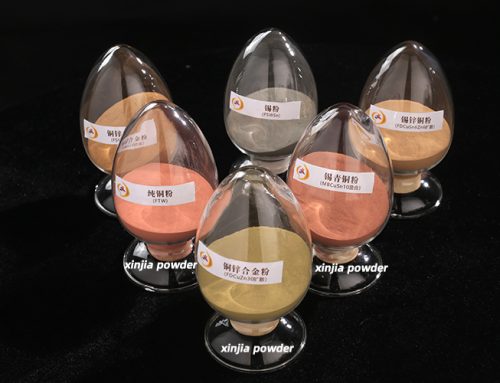Commercial brass powders are available in the simple brasses ranging from 95Cu-5Zn to 60Cu-40Zn and leaded versions of these brasses, and in modified brasses containing such elements as phosphorus, manganese and silicon. Nickel silver powders containing 64Cu-18Ni-18Zn and 64Cu-18Ni-16.5Zn-1.5Pb are also available on the commercial market. These powders are produced by atomizing alloy melts.
Optimum properties are attained by preheating to drive off lubricants and sintering in a cracked ammonia atmosphere. The P/M parts produced by such procedures have mechanical properties comparable with those of the corresponding cast alloys. Typical properties of representative brasses and nickel silvers are given in Table 4. These P/M alloys have moderate strength with good ductility.
Table 4. Typical Mechanical Properties of Brass and Nickel Silver P/M Compacts Pressed at 30 Tons/Sq. In. (414 MPa)
| Nominal Composition | Sintered Density | Tensile | Strength | Elongation | Rockwell |
| g/cm/cm3 | ksi | MPa | % in 1 in. | Hardness | |
| Brass | |||||
| 90Cu-10Zn | 8.1 | 30 | 207 | 20 | H77 |
| 85Cu-15Zn | 8.2 | 31.5 | 217 | 20 | H82 |
| 70Cu-30Zn | 8.1 | 38 | 262 | 21 | H87 |
| 88.5Cu-10Zn-1.5Pb | 8.4 | 30 | 207 | 25 | H76 |
| 80Cu-18.5Zn-1.5Pb | 8.2 | 34.5 | 238 | 31 | H82 |
| 68.5Cu-30Zn-1.5Pb | 7.7 | 34.6 | 239 | 29 | H71 |
| Nickel Silver | |||||
| 64Cu-18Ni-18Zn | 7.9 | 34 | 234 | 12 | B83 |
| 64Cu-18Ni-16.5Zn-1.5Pb | 7.8 | 28 | 193 | 11 | B84 |
| Source: Data from New Jersey Zinc Company and U.S. Bronze Powders, Inc. | |||||
Next to bronze bearings, the brasses and nickel silvers are the most widely used materials for structural P/M parts. Examples of the many applications are hardware for latch bolts and cylinders for locks; shutter components for cameras; gears, cams and actuator bars in timing assemblies; small generator drive assemblies; and decorative trim and medallions.









